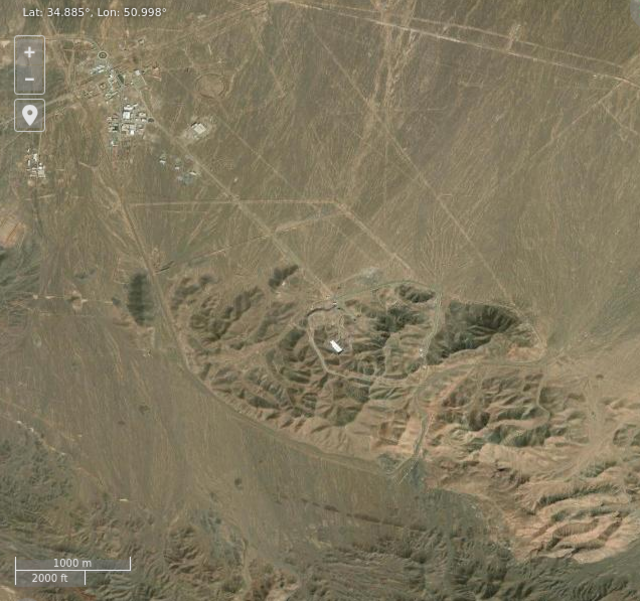A recent U.S. intelligence assessment has concluded that only one of the three Iranian nuclear facilities targeted in last month's American airstrikes was effectively destroyed, casting doubt on initial claims by the Trump administration that Operation Midnight Hammer had "completely and totally obliterated" Iran's enrichment capabilities.
According to five current and former U.S. officials cited by NBC News, the Fordow facility sustained significant damage that could delay nuclear enrichment there by up to two years. But Iran's facilities at Natanz and Isfahan suffered less severe damage, and enrichment operations at those sites could potentially resume within months.
President Donald Trump, who authorized the strikes, said afterward that "Iran's key enrichment facilities have been completely and totally obliterated." Pentagon spokesperson Sean Parnell reinforced that message, declaring, "There is no doubt about that." White House spokesperson Anna Kelly stated, "Operation Midnight Hammer totally obliterated Iran's nuclear capabilities. America and the world are safer, thanks to [Trump's] decisive action."
The June 20 strikes targeted three major enrichment facilities - Fordow, Natanz, and Isfahan - using a combination of Tomahawk missiles and the 30,000-pound GBU-57 bunker buster bombs. Fordow, deeply buried inside a mountain, was the primary target for the GBU-57s, and officials say that strike was successful. However, similar munitions were less effective at Natanz, where tunnels run deeper than previously thought, and were not used at all in Isfahan, where only surface targets were hit.
CIA Director John Ratcliffe, in a closed briefing, told lawmakers that the uranium metal conversion facility at Natanz had been destroyed to the point that it would take "years to rebuild." He also reported that the majority of enriched uranium at Isfahan and Fordow had been buried under rubble, making it "extremely difficult" for Iran to retrieve.
Still, other intelligence suggests the damage at Natanz and Isfahan may be reversible. According to a senior Israeli official, some of Iran's enriched uranium likely remains intact but is considered "effectively unreachable" for now. Israel has indicated it is monitoring closely and would strike again if Iran attempts to dig it up.
The strikes follow years of tension over Iran's nuclear ambitions. Trump withdrew the U.S. from the 2015 Joint Comprehensive Plan of Action in 2018, after which Tehran ramped up enrichment. By the time of the June airstrikes, U.S. officials said Iran had accumulated enough fissile material for up to 10 nuclear bombs.
Officials within the U.S. and Israeli governments are reportedly considering follow-up strikes if Iran restarts enrichment or refuses to negotiate a new agreement. "We were willing to go all the way in our options, but the president did not want to," said one official involved in planning.
The Pentagon had prepared a broader "all-in" strategy that would have involved strikes on six nuclear and air defense sites over multiple weeks. Trump rejected that option in favor of a limited, single-night strike, citing concerns over prolonged conflict and potential U.S. and Iranian casualties.
Trump has indicated that he remains open to further military action. Asked recently whether he would bomb Iran again if its program recovered, he said, "Sure. Without question. Absolutely."
The Pentagon has concluded that Iran's air defenses are now largely destroyed, leaving its remaining facilities vulnerable to future strikes. "It was made clear that Iran no longer has any more [air defenses], so the idea that they can easily rebuild anything is ludicrous," one U.S. official said.






